1. Introduction to Broiler Transport Cage
A Broiler Transport Cage is a specially designed container used for the safe, efficient, and humane transportation of broiler chickens from farms to processing plants, markets, or other destinations. Broilers, being meat-type chickens raised for rapid growth and high meat yield, require careful handling during transit to minimize stress, injury, and mortality.
With the increasing scale and modernization of the poultry industry worldwide, the demand for reliable broiler transport solutions has surged. Broiler transport cages help farmers and logistics providers meet these demands by offering durability, adequate ventilation, ease of handling, and biosecurity. Constructed mainly from high-quality plastics like HDPE (High-Density Polyethylene), these cages are designed to withstand heavy loads, repeated use, and harsh farm conditions.
This comprehensive article delves into the design, specifications, advantages, applications, operation, and maintenance of broiler transport cages, providing valuable insights to poultry farmers, processors, and supply chain managers.
2. Technical Specifications of Broiler Transport Cage
2.1 Material
High-Density Polyethylene (HDPE): The preferred material due to its strength, lightweight, chemical resistance, UV stability, and ease of cleaning.
Food-Grade Plastic: Ensures safety and compliance with animal welfare standards.
UV Stabilization: To prevent degradation under prolonged sunlight exposure.
2.2 Dimensions
Standard Broiler Cage | 900 - 1000 | 600 - 700 | 250 - 300 | 10 - 15 broilers |
Large Broiler Cage | 1000 - 1100 | 650 - 750 | 300 - 350 | 15 - 20 broilers |
Small Chick Cage | 700 - 800 | 500 - 600 | 200 - 250 | 15 - 25 chicks |
2.3 Load Capacity
2.4 Structural Features
Ventilation holes: Strategically placed for maximum airflow.
Smooth interior surfaces: To minimize injuries.
Stackable corners and interlocks: Secure stacking during transit.
Door types: Sliding, flip-up, or hinged doors depending on design.
Solid or perforated base: Allows droppings to fall through in some designs.
2.5 Weight
2.6 Color Options
Available in multiple colors like white, yellow, blue, or red.
Colors are UV-stabilized to maintain durability and appearance.
2.7 Temperature Range
3. Key Features of Broiler Transport Cage
3.1 Durable and Long-Lasting
Constructed from industrial-grade plastics, broiler transport cages resist impact, corrosion, cracking, and bending, ensuring a long service life even in harsh farming conditions.
3.2 Superior Ventilation
Ventilation holes on all sides maintain a consistent airflow, reducing heat stress and humidity during transport, crucial for broiler welfare.
3.3 Enhanced Bird Safety
Smooth, rounded edges and non-abrasive surfaces prevent injury or bruising during handling and transportation.
3.4 Hygienic and Easy to Clean
Non-porous plastic surfaces are easy to wash and disinfect with high-pressure washers and approved sanitizers, preventing disease transmission.
3.5 Stackable for Efficient Transport
Interlocking corners and anti-slip designs allow secure stacking, maximizing truck or warehouse space and reducing logistic costs.
3.6 Lightweight and Ergonomic
Designed for easy manual handling to speed up loading and unloading processes.
3.7 Weather Resistant
UV stabilization and corrosion resistance allow use in outdoor environments without material degradation.
4. Advantages of Using Broiler Transport Cages
4.1 Reduced Bird Mortality and Stress
Proper ventilation and safe cage design minimize bird stress and injury, leading to lower mortality during transport.
4.2 Improved Operational Efficiency
Stackable cages optimize space in trucks and storage facilities, reducing transport costs and labor hours.
4.3 Enhanced Biosecurity
Plastic cages are easier to clean and disinfect than wooden crates, helping prevent disease spread across farms.
4.4 Cost-Effective and Sustainable
Durability and reusability reduce long-term replacement costs and environmental waste.
4.5 Versatility
Suitable for broilers at various growth stages and adaptable for chicks, layers, or other poultry with appropriate size adjustments.
4.6 Compliance with Animal Welfare Standards
The ergonomic design supports humane transport practices and meets industry regulations.
5. Applications of Broiler Transport Cage
5.1 Poultry Farms
Used to move broilers within the farm or to processing plants.
5.2 Hatcheries
Transport day-old chicks safely and hygienically.
5.3 Slaughterhouses and Processing Facilities
Efficiently load and unload live broilers prior to processing.
5.4 Live Bird Markets
Facilitate safe and hygienic sale of live broilers.
5.5 Transportation Logistics
Critical for professional live animal transport companies.
5.6 Veterinary and Quarantine Centers
Safe confinement and transport of birds for health inspections and treatments.
6. Usage Instructions
6.1 Pre-Use Inspection
Check for any cracks or damage.
Ensure doors, latches, and ventilation holes are intact.
Sanitize the cage before loading.
6.2 Loading
Handle broilers gently to reduce stress.
Avoid overcrowding; adhere to cage capacity.
Secure doors tightly to prevent escapes.
6.3 Transportation
Stack cages properly using interlocking corners.
Ensure adequate ventilation and avoid exposure to extreme temperatures.
Secure cages in trucks to prevent shifting.
6.4 Unloading
6.5 Post-Use Cleaning
7. Maintenance and Care
Inspect cages regularly for damage.
Repair or replace broken parts promptly.
Store cages in clean, dry areas away from direct sunlight.
Avoid excessive stacking during storage to prevent deformation.
8. Buying Guide
8.1 Assess Your Requirements
Consider bird size, number, and transportation frequency.
Decide on cage size and load capacity accordingly.
8.2 Quality of Material
8.3 Design Features
8.4 Supplier Reputation
8.5 Budget vs. Longevity
9. Frequently Asked Questions (FAQ)
Q1: How many broilers can fit into a standard transport cage?
A1: Typically, 10 to 15 broilers depending on cage size and bird weight.
Q2: What materials are best for broiler transport cages?
A2: High-density polyethylene (HDPE) is preferred for durability and hygiene.
Q3: Can these cages be stacked during transport?
A3: Yes, they are designed with interlocking features for secure stacking.
Q4: How should I clean and disinfect broiler transport cages?
A4: Use high-pressure water jets and approved disinfectants; dry thoroughly.
Q5: Can broiler transport cages be used for chicks or layers?
A5: With appropriate sizing, yes. Specialized chick cages are available for smaller birds.
Q6: How long do broiler transport cages last?
A6: With proper maintenance, they can last 8–10 years or more.
Q7: Do these cages reduce bird injuries?
A7: Yes, their smooth, ergonomic design minimizes injury risks.
10. Conclusion
The Broiler Transport Cage is an essential element of modern poultry production, combining durability, hygiene, bird welfare, and operational efficiency. Selecting the right cage and maintaining it properly can significantly reduce transport-related losses, improve bird health, and optimize logistics costs.
By understanding the technical specifications, features, and proper usage, poultry producers can make informed decisions that enhance productivity and meet industry standards.
Company Profile
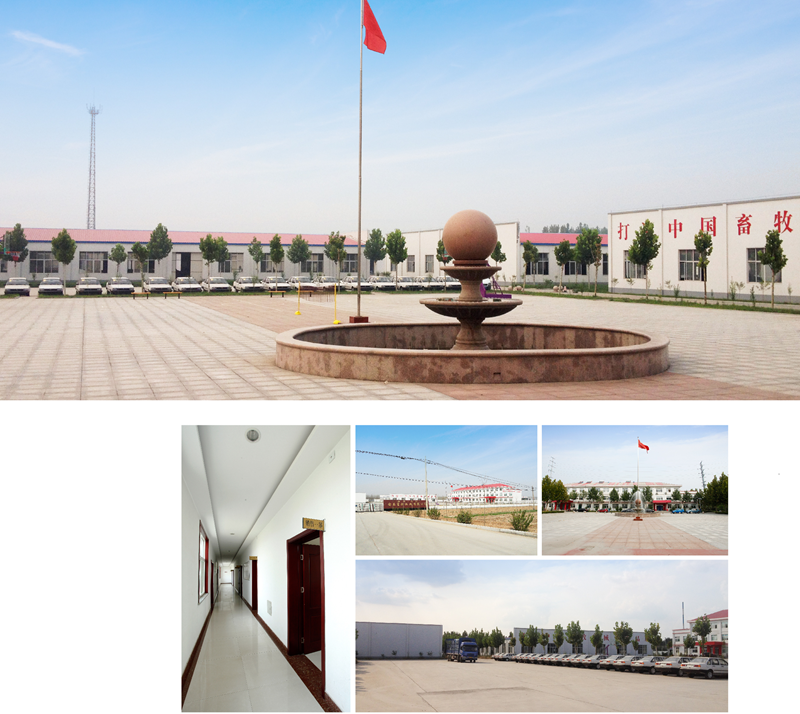
Shandong Huimin Qinle Livestock Machinery Co., Ltd. (formerly Shandong Huimin Qinle Livestock Machinery Factory) is a professional poultry equipment manufacturer with over 20 years of experience. We offer a comprehensive service package, from design (land and chicken coops), production (equipment and prefabricated steel coops), installation, commissioning, customer training, and after-sales service.
Located in Huimin County, Binzhou City, Shandong Province, China, the company has extensive experience in mechanical processing and manufacturing, as well as livestock machinery production and operation. With fixed assets of RMB 15 million, the company employs 160 people, including 30 R&D staff, and occupies a 40,000-square-meter factory. Equipped with over 110 pieces of advanced precision production equipment, including CNC machining centers and laser cutting machines, the company boasts a production capacity of RMB 50 million.
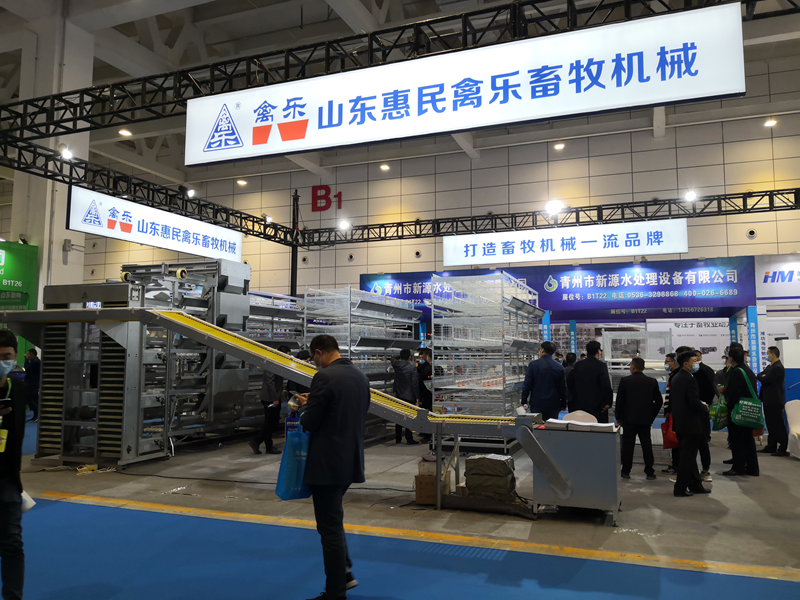


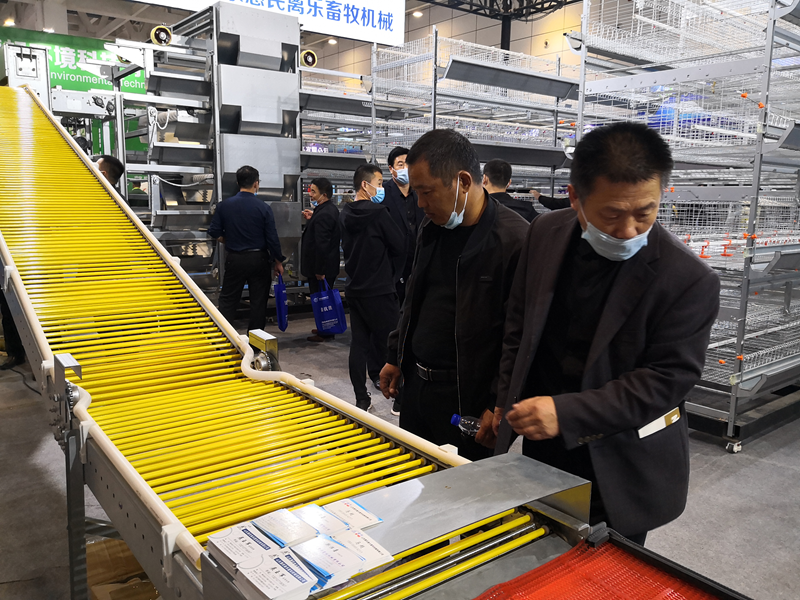
Chicken Farming Equipment Mesh Production Workshop

Machining Workshop

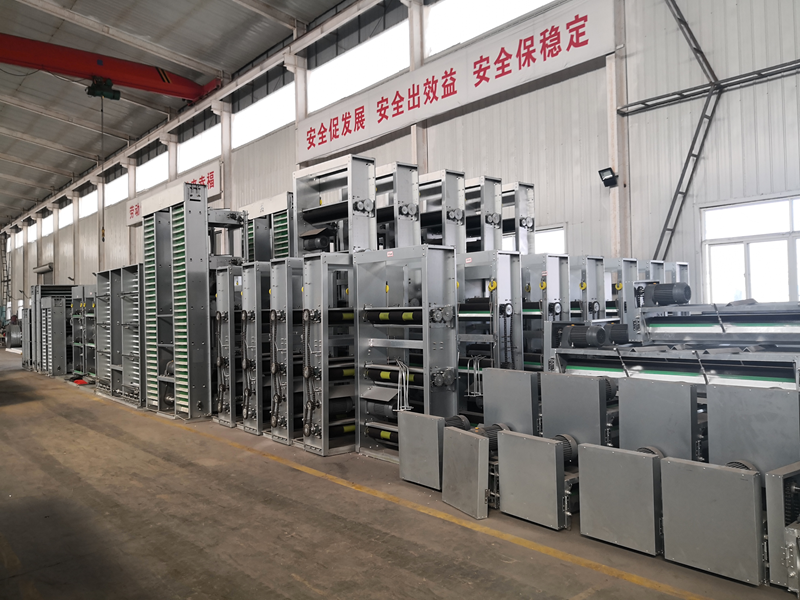
Turret-type CNC Punch Press, Laser Cutting and Other Machining Equipment



Fully Automated Roll Forming Production Line

Hot-dip Galvanizing Production Line

Electroplating Production Line

Environmental Protection Equipment

Chicken Farming Equipment Product Series
Egg-laying Hen Farming Equipment
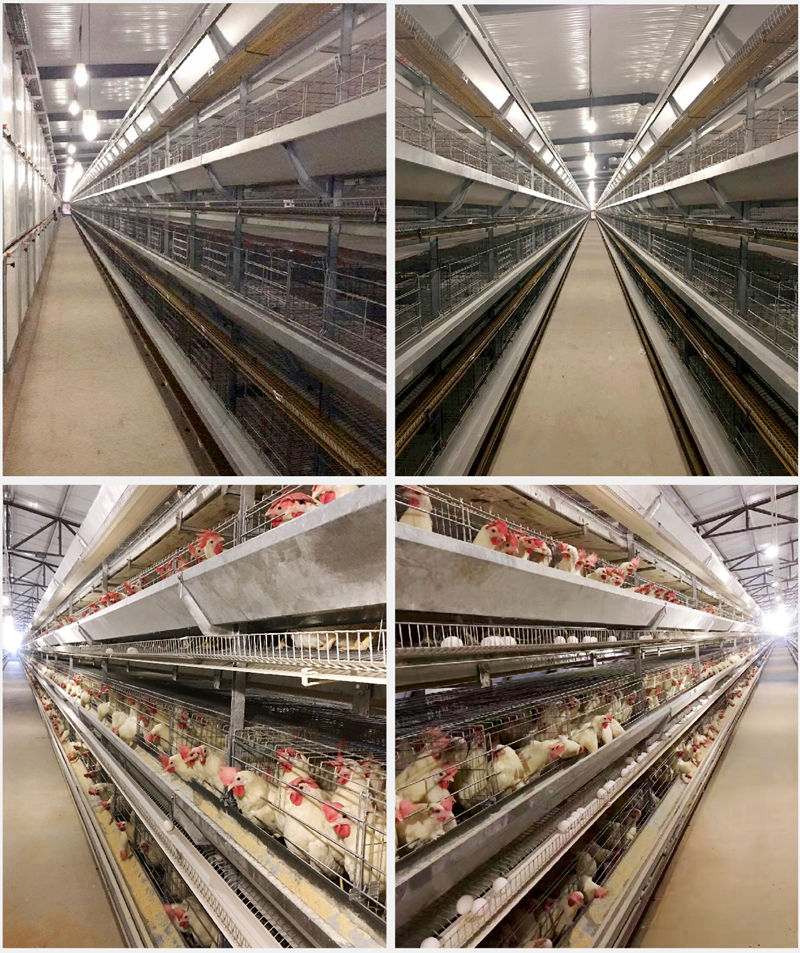
Stacked Brooding Cage Equipment

Stacked Broiler Cage Equipment
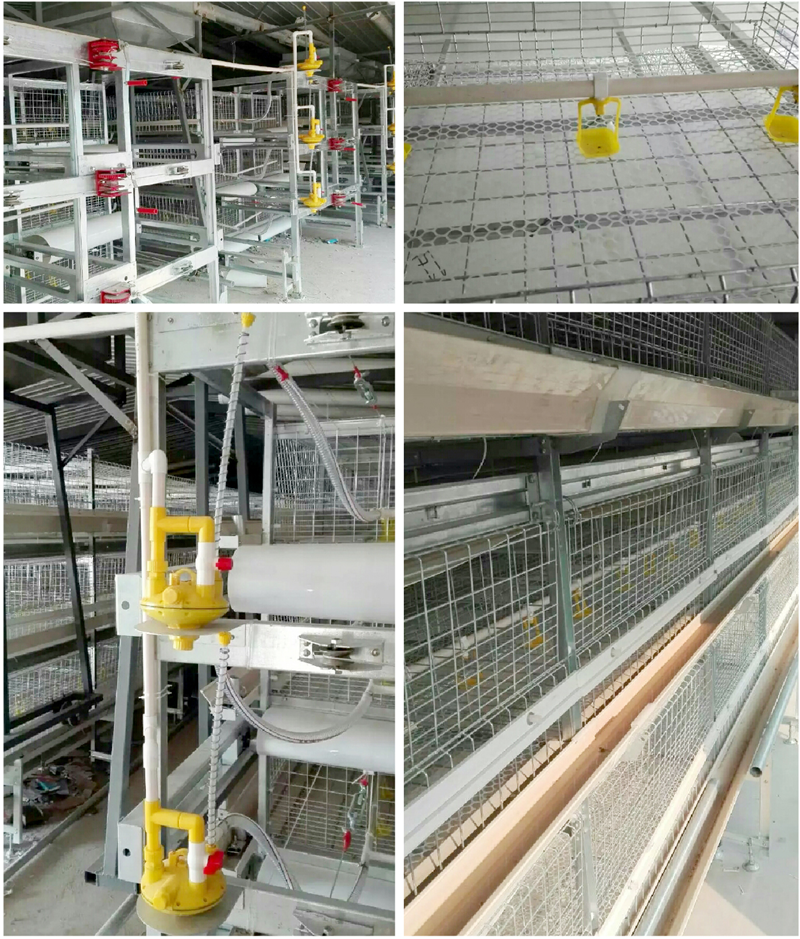
Stepped Layer Hen Cage Rearing Equipment
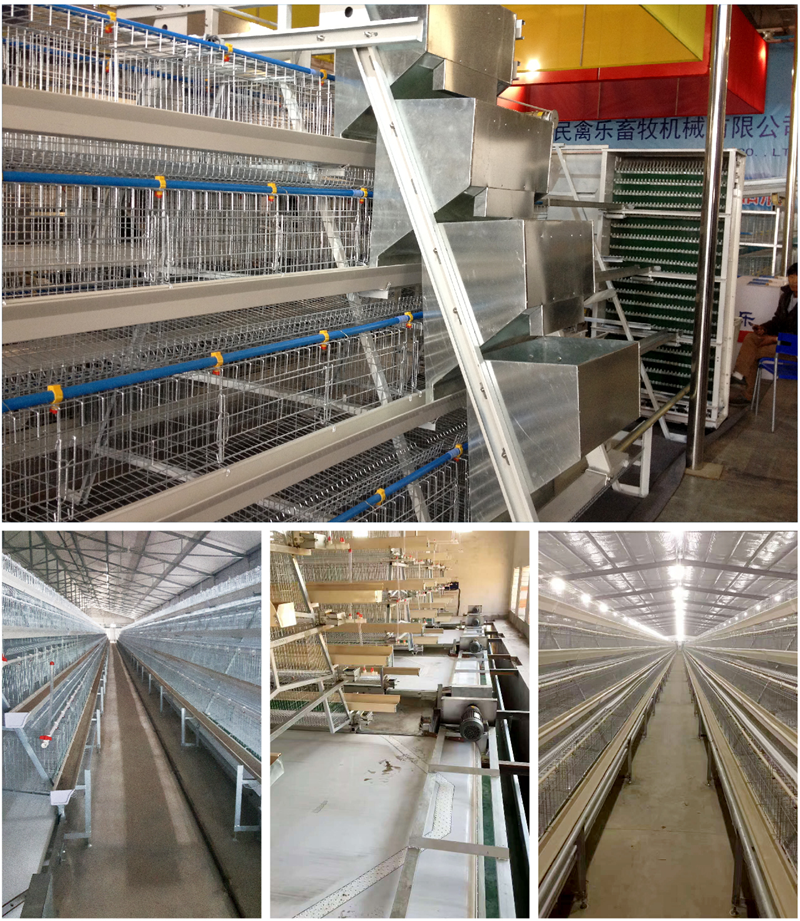
Automatic Egg Collection System

H-type Cage Feeding Machine
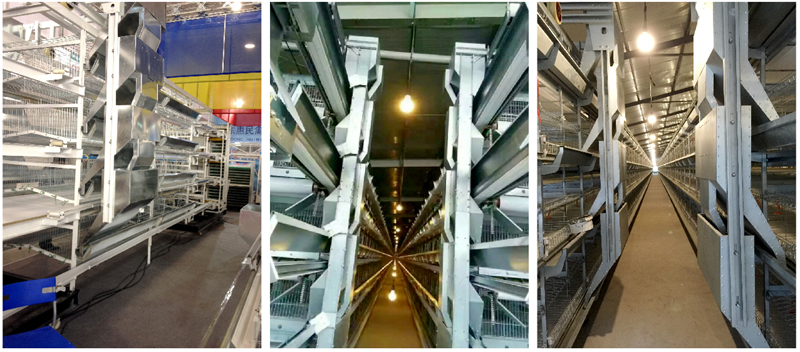
Stepped Cage Straddle Feeder
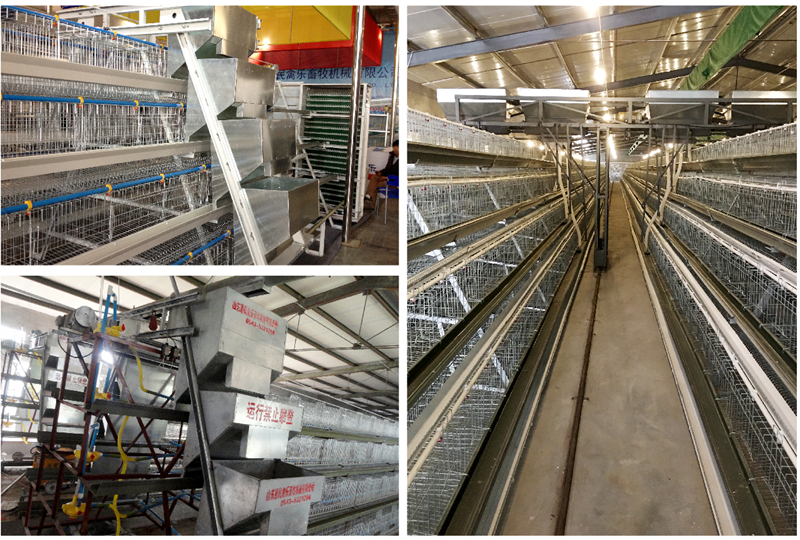
Manure Removal Machine

Fans, Heated Curtains, Environmental Control Systems, and Lighting Equipment
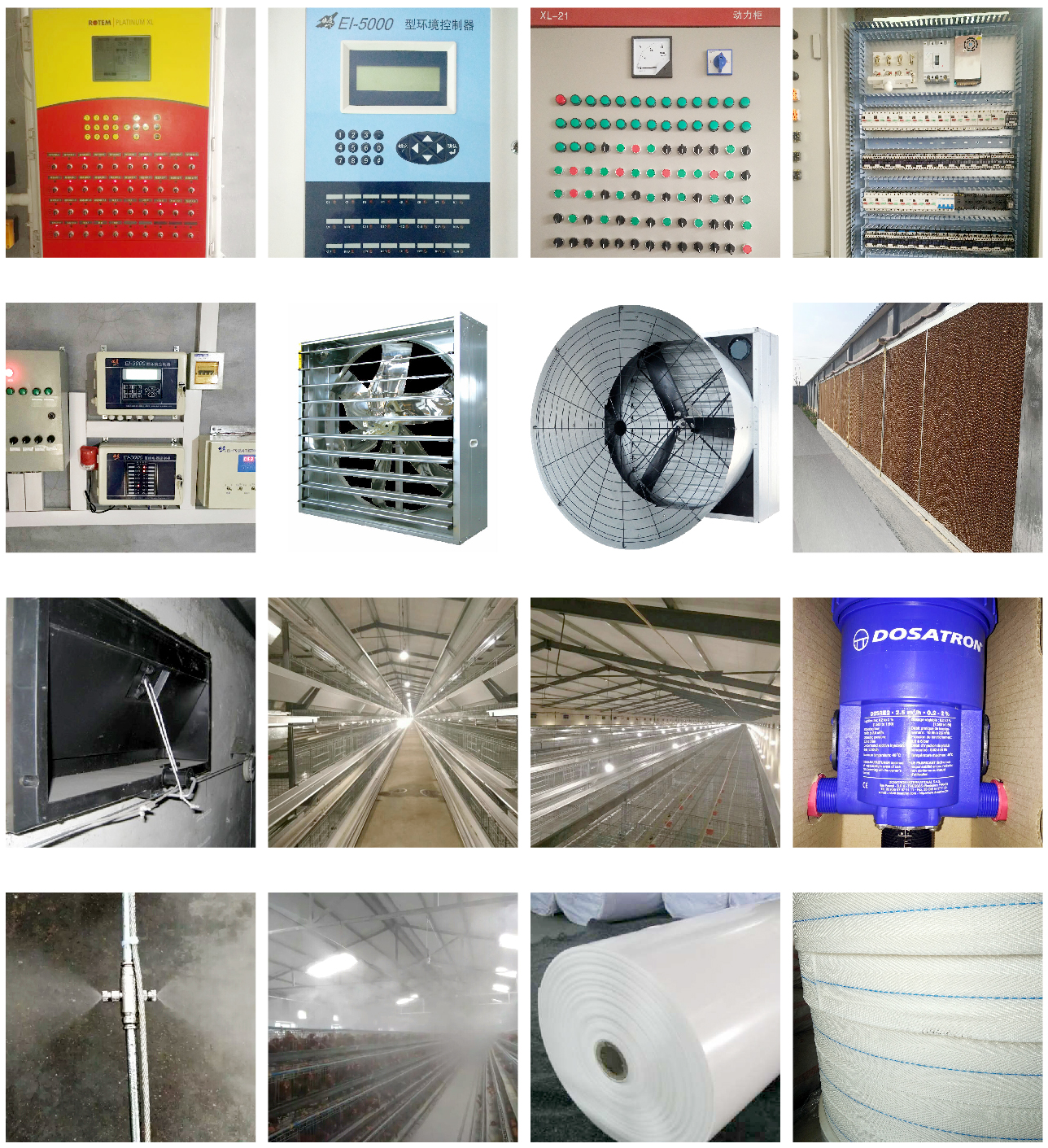
Complete Set of Equipment for Organic Fermentation Treatment of Manure


 Catalogue
Catalogue






























 واتس اب
واتس اب هاتف
هاتف